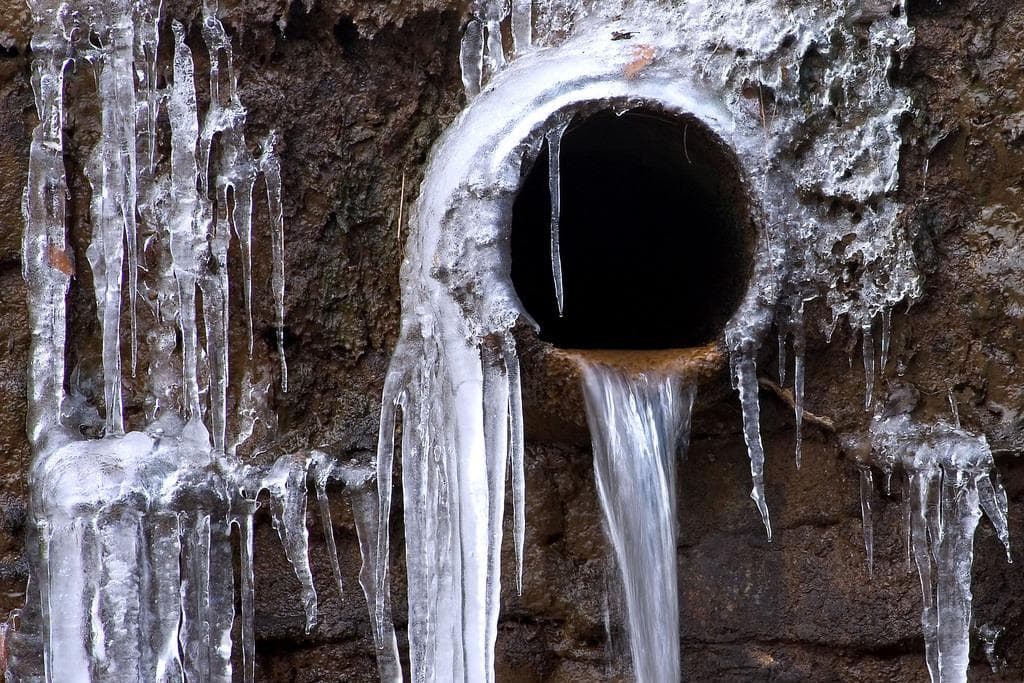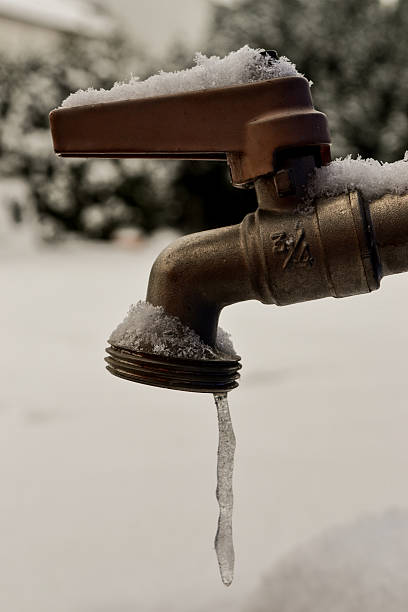Ways to Safeguard Your Plumbing from Freezing: Key Tips
Ways to Safeguard Your Plumbing from Freezing: Key Tips
Blog Article
The article down the page relating to Prevent Frozen Pipes is exceptionally enjoyable. Don't overlook it.

Cold weather can ruin your plumbing, especially by freezing pipelines. Right here's just how to avoid it from happening and what to do if it does.
Intro
As temperature levels drop, the risk of icy pipelines increases, possibly resulting in expensive fixings and water damage. Comprehending how to prevent frozen pipes is essential for property owners in cold environments.
Understanding Icy Pipelines
What causes pipelines to freeze?
Pipes ice up when exposed to temperatures listed below 32 ° F (0 ° C) for expanded periods. As water inside the pipes freezes, it broadens, putting pressure on the pipe wall surfaces and potentially causing them to break.
Threats and damages
Icy pipes can cause water disturbances, residential or commercial property damages, and pricey fixings. Ruptured pipes can flood homes and trigger considerable structural damages.
Indications of Frozen Water Lines
Recognizing icy pipes early can prevent them from rupturing.
Just how to identify frozen pipes
Search for reduced water circulation from taps, uncommon smells or sounds from pipes, and visible frost on exposed pipelines.
Avoidance Tips
Insulating at risk pipelines
Wrap pipelines in insulation sleeves or use warmth tape to secure them from freezing temperature levels. Concentrate on pipes in unheated or exterior areas of the home.
Heating methods
Keep interior spaces sufficiently warmed, especially areas with pipes. Open up cupboard doors to allow cozy air to circulate around pipelines under sinks.
Securing Outdoor Pipes
Yard tubes and outside faucets
Disconnect and drain pipes garden pipes prior to winter months. Set up frost-proof spigots or cover outdoor taps with insulated caps.
What to Do If Your Pipes Freeze
Immediate actions to take
If you suspect frozen pipelines, keep faucets open up to relieve pressure as the ice melts. Use a hairdryer or towels taken in warm water to thaw pipes gradually.
Long-Term Solutions
Architectural adjustments
Consider rerouting pipelines away from outside walls or unheated areas. Include extra insulation to attics, basements, and crawl spaces.
Upgrading insulation
Buy premium insulation for pipelines, attics, and walls. Proper insulation aids preserve regular temperatures and minimizes the risk of icy pipelines.
Final thought
Preventing frozen pipes needs positive actions and quick feedbacks. By recognizing the causes, indicators, and safety nets, property owners can secure their pipes throughout winter.
Helpful Tips to Prevent Frozen Pipes this Winter
UNDERSTANDING THE BASICS: WHY PIPES FREEZE AND WHY IT’S A PROBLEM
Water freezing inside pipes is common during the winter months, but understanding why pipes freeze, and the potential problems it can cause is crucial in preventing such incidents. This section will delve into the basics of why pipes freeze and the associated problems that may arise.
THE SCIENCE BEHIND FROZEN PIPES
When water reaches freezing temperatures, it undergoes a physical transformation and solidifies into ice. This expansion of water as it freezes is the primary reason pipes can burst. As the water inside the pipe freezes, it expands, creating immense pressure on the walls. If the pressure becomes too great, the pipe can crack or rupture, leading to leaks and water damage.
FACTORS THAT CONTRIBUTE TO PIPE FREEZING
Low Temperatures: Extremely cold weather, especially below freezing, increases the risk of pipes freezing. Uninsulated or Poorly Insulated Pipes: Pipes located in unheated areas, such as basements, crawl spaces, or attics, are more prone to freezing. Insufficient insulation or lack of insulation altogether exacerbates the problem. Exterior Wall Exposure: Pipes running along exterior walls are susceptible to freezing as they encounter colder temperatures outside. Lack of Heating or Temperature Regulation: Inadequate heating or inconsistent temperature control in your home can contribute to frozen pipes. PROBLEMS CAUSED BY FROZEN PIPES
- Pipe Bursting: As mentioned earlier, the expansion of water as it freezes can cause pipes to burst, resulting in significant water damage.
- Water Damage: When pipes burst, it can lead to flooding and water damage to your property, including walls, ceilings, flooring, and personal belongings.
- Structural Damage: Prolonged exposure to water from burst pipes can compromise the structural integrity of your home, leading to costly repairs.
- Mold and Mildew Growth: Excess moisture from water damage can create a favorable environment for mold and mildew growth, posing health risks to occupants.
- Disrupted Water Supply: Frozen pipes can also result in a complete or partial loss of water supply until the issue is resolved.
WHY CERTAIN PIPES ARE MORE PRONE TO FREEZING
- Location: Pipes located in unheated or poorly insulated areas, such as basements, crawl spaces, attics, or exterior walls, are at higher risk of freezing.
- Exterior Pipes: Outdoor pipes, such as those used for irrigation or exposed plumbing, are particularly vulnerable to freezing as they are directly exposed to the elements.
- Supply Lines: Pipes that carry water from the main water supply into your home, including the main water line, are critical to protect as freezing in these lines can affect your entire plumbing system.
- Underground Pipes: Pipes buried underground, such as those connected to sprinkler systems or outdoor faucets, can be susceptible to freezing if not properly insulated.
https://busybusy.com/blog/helpful-tips-to-prevent-frozen-pipes-this-winter/

We hope you enjoyed reading our post about Winter Plumbing Precautions: Preventing Frozen Pipes. Thanks for finding the time to browse our blog. Are you aware of anybody else who is involved in the subject? Be sure share it. Thank you for being here. Don't forget to stop by our website back soon.
Book Your Service Report this page